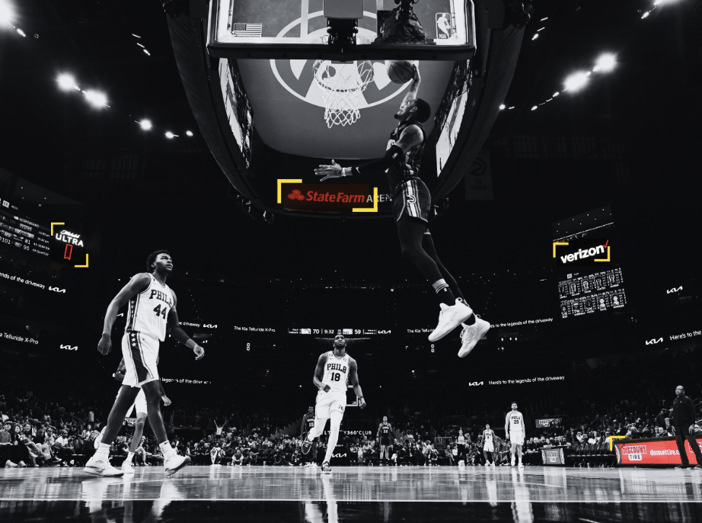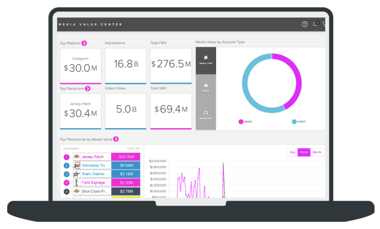Key Performance Indicators for Assessing Sponsorship Effectiveness in Sports Events
Jan 23, 2024 Sport Sponsorship

Sponsorship is critical in sports events as it enables brands to tap into a diverse and engaged audience, establish brand credibility, and improve return on investment (ROI). However, assessing sponsorship effectiveness remains a challenge for many brands, especially when the metrics used are not aligned with the objectives of the sponsorship. As such, this blog will highlight the key performance indicators (KPIs) that brands should consider to evaluate sponsorship effectiveness in sporting events. These KPIs will help senior executives in sports sponsorship marketing to make informed decisions, optimize sponsorship investments, and achieve their marketing objectives.
Brand Exposure:
One of the most important KPIs for evaluating sponsorship effectiveness is brand exposure. This metric focuses on how often a brand is seen, heard or mentioned during the sports event. It will also include other indicators such as TV ratings, social media impressions, and website traffic. Brands can use tracking tools to monitor these metrics and analyze the data to understand their exposure and identify opportunities for improvements.

Brand Awareness:
Brand awareness is another critical KPI for assessing sponsorship effectiveness. This metric evaluates the degree to which a brand is recognized by the target audience. It involves analyzing target audience surveys to determine the level of awareness before and after the sports event. Brands can use social listening tools to understand the impact of sponsorship activities on brand awareness and identify areas for improvement.
Brand Engagement:
Brand engagement KPI focuses on how well the brand is creating a connection with its target audience. It evaluates the degree to which the audience interacts with the brand during the sports event. Brands can track this metric by monitoring social media mentions, likes, and shares. Additionally, brands could leverage customized event activations, fan experiences, and athlete endorsements to drive brand engagement.Sales Impact:
The ultimate goal of every sponsorship deal is to increase sales. Therefore, measuring sales impact is critical in evaluating sponsorship effectiveness. It is important to track sales data and compare the results before and after the sporting event. Brands can also track the conversion rate of the audience targeted by the sponsorship deal. This gives a clear picture of the ROI and helps brands to better allocate their marketing budgetsReputation and Image Building:
Another KPI for evaluating sponsorship effectiveness is the impact on reputation and image building. Sports events provide a platform for brands to associate with positive events that align with their values. A successful sponsorship can improve the brand's reputation and image. Brands can track this KPI by conducting surveys to evaluate the impact of sponsorship activities on perception, trust, and reputation. Additional qualitative research or focus group discussions can provide further insights.Assessing sponsorship effectiveness in sports events can be challenging. However, adopting the right metrics can help brands to make informed decisions and optimize sponsorship investments. Brands should focus on the KPIs outlined in this blog, including brand exposure, brand awareness, brand engagement, sales impact, and reputation and image building. By tracking these KPIs, senior executives in sports sponsorship marketing can evaluate the effectiveness of their sponsorship deals, improve ROI, and achieve their marketing objectives.